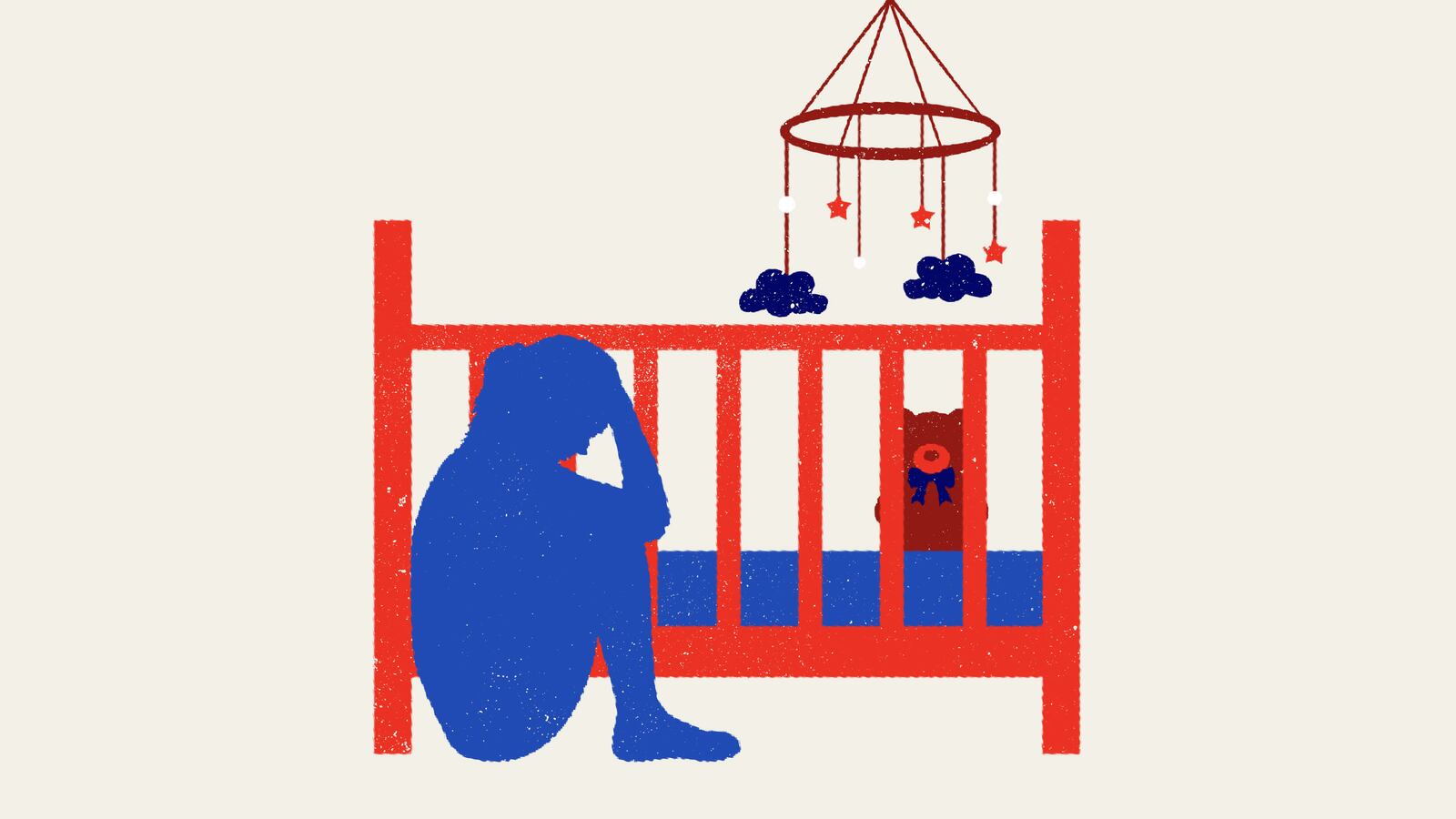Maternal infanticide—the murder of a child in the first year of life by its mother—is a subject that is both compelling and repulsive.
The killing of an innocent elicits sorrow, anger, and horror. I feel it. Yet I know that the perpetrator of this act is often a victim, too, and that recognition makes for a more paradoxical response.
How can one consider that the Kansas City mom Mariah Thomas—who placed her baby in the oven—is a victim, when media reports describe her as a monster?
It’s been reported that Ms. Thomas had mental illness for years, which made her vulnerable to postpartum psychosis. A mother in the midst of a psychotic episode is in a world dominated by the sounds and visions that only she can experience. The real world does not exist to her.
Hallucinations take the form of threatening images or commanding voices that control her actions. Delusions of influence control her movements and decisions. The psychosis impairs her cognitive ability. She is unable to determine right from wrong.
In the United States, “Postpartum Psychosis” was never included in the Diagnostic and Statistical Manual of Mental Disorders (DSM), our main psychiatric diagnostic manual. The term “postpartum” was expunged from the psychiatric nomenclature in 1952 with the publication of the first DSM.
Consequently, the diagnosis does not exist. Physicians have not received education about the unique qualities of postpartum psychosis, leaving women untreated and vulnerable to their psychosis.
In the U.S., these women often receive a sentence of life in prison. However, The U.K., Canada, Australia, and more than 24 European countries understand that this is a biological illness. They provide treatment instead of punishment. The women are charged with manslaughter instead of murder, receive probation, and get psychiatric treatment in the form of medication and psychotherapy.
Despite its commitment to harsh punishments, the U.S. has the highest infanticide rate of all western countries at eight per 100,000. (In Canada, the rate is 2.9/100,000; Italy 2.7/100,000; New Zealand 4.5/100,000.)
Suicide is the leading cause of death in women during the first year following childbirth. And the methods these women choose to end their life are often violent, such as jumping or gunshot.
I have testified in court for more than 25 women with postpartum psychosis who have killed their babies. While psychotic they lost contact with reality. Not one was correctly diagnosed and treated. These tragedies could have been prevented.
The research on postpartum psychosis demonstrates the complex interaction of neurochemistry and genetic, immune, and hormonal events. The first biological event is the massive hormone loss at the time of childbirth, which generates modifications of brain chemicals, which cause psychiatric symptoms. Like people with other physical, genetic disorders such as hemophilia or multiple sclerosis these women require treatment—not a life sentence in prison.
In the absence of a formal classification of postpartum psychosis—and the clinical utility to assist clinical decision-makers to properly diagnose, appropriately treat, prevent, and improve outcomes—is it possible that American psychiatrists are failing to identify and properly treat postpartum psychosis, leaving our rates soaring?
Years of neuroscience research has verified that postpartum psychosis is a biological illness. It is not an antiquated Freudian psychological episode.
Postpartum psychosis is a temporary physical illness that can be easily treated and prevented in future pregnancies with psychiatric medications.
Fortunately, psychiatry is in the process of finally including postpartum psychosis in the DSM. Until then, maternal and infant mortality will endure in the United States.









